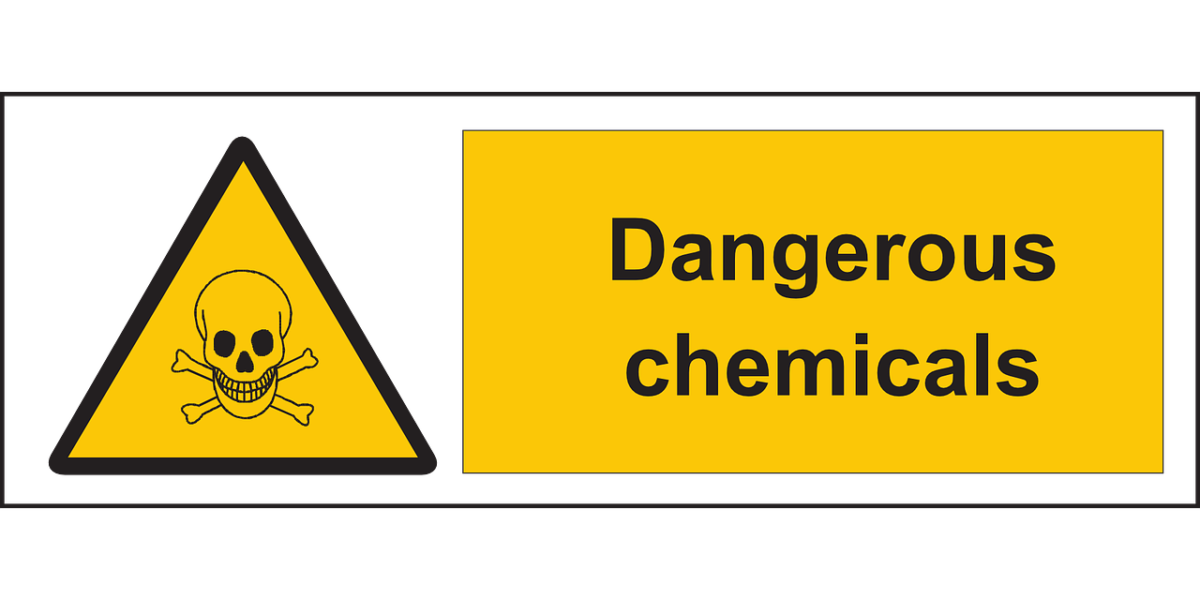What is MSDS?
MSDS and SDS stand for Material Safety Data Sheet and Safety Data Sheet accordingly. The MSDS is the complete detail of the product which may be gas, liquid, or solid. The hazardousness of its ingredient’s physical and chemical characteristics. The hazardous products and substances manufacturers and importers are responsible for providing MSDS.
Importance of MSDS
Safety data sheets are important in helping us to make the workplace safe and protect the environment. A safety data sheet containing Specific information about the product to help us make a risk assessment as required.
Purposes of an MSDS
- Identification of the product and details of the supplier.
- Product hazards, physical, and chemical reactivity, fire, and health.
- Prevention steps that you can take to work safely, reduce hazards, or in an emergency.
- Appropriate responses in various situations like first-aid, fire, and accidental release.
How to read MSDS (Material Safety Data Sheet)?
We can Read a Material Safety Data Sheet according to the points written below.
Firstly, Material Identification, Chemical formula, and composition. Secondly, Hazardous Ingredients of the product. Thirdly, Physical and Chemical Characteristics of the product. Fourthly, Fire and Explosion Hazards, reactivity, and fumes. Fifthly, Health hazards, and prevention. Sixthly, handling, storage, and transportation.
What is the difference between SDS and MSDS?
Sections of MSDS
Here are some sections of the MSDS of the product that help us to better understand the product.
- Section #1 is Company or manufacturer and supplier information.
- Section #2 is Product Identification and Composition, Manufacturing, and Expiry Date.
- Section #3 is about reactivity with other chemicals and conditions.
- Section #4 is the NFPA diamond and GHS hazard pictogram of the product.
- Section #5 is about the Hazardous effects of products on health and the environment.
- Section #6 is about actions taken in case of a health emergency.
- Section #7 is about the Fire and explosive risks of the product.
- Section #8 is about actions taken in case of a fire emergency.
- Section #9 is about the handling and storage of the product.
- Section #10 is about transportation and loading/unloading of products.
- Section #11 is about First aid in case of emergency.
- Section #12 is about other information.

